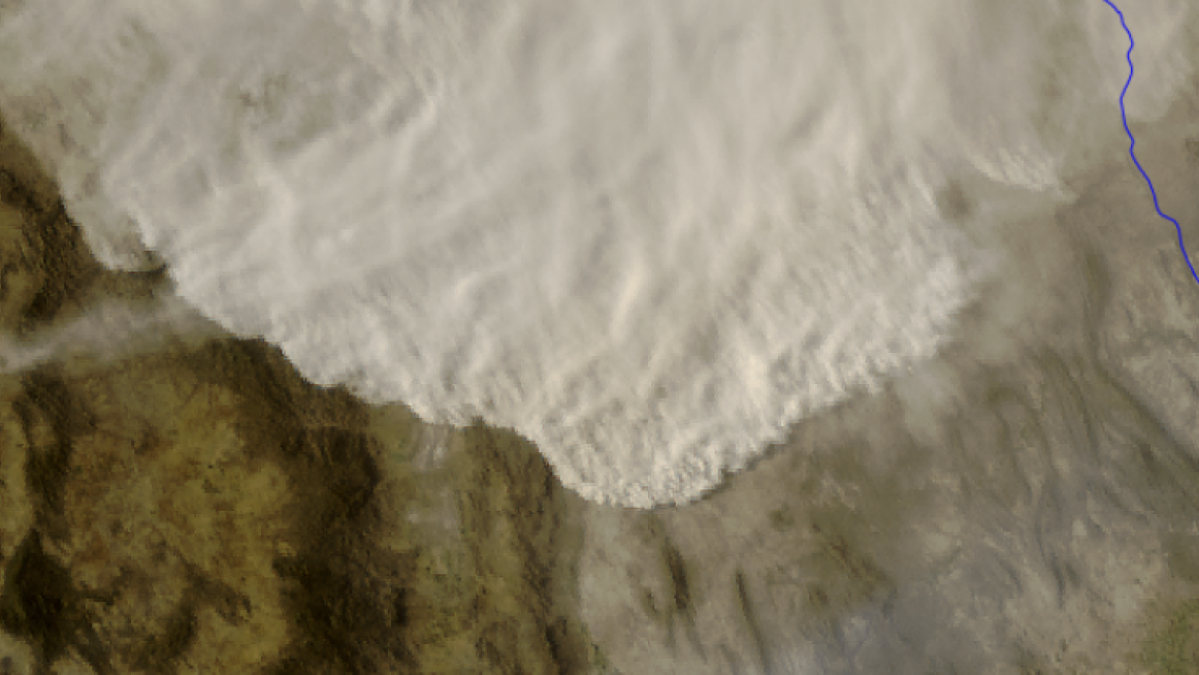Earth isn’t as extrame as the sci-fi desert planet arrakis, of Dune Fame. But it still hosts some colossal dust storms.
On April 19, Two National Oceanic and Atmospheric Administration Weather Satellites Snapped Footage of an immense dust story Sweeping Across Parts of New Mexico, Texas, and Northern Mexico. Meteorologists were impressed with the views below.
“An incredible view of a dust story charging south across mexico,” The Cooperative Institute for Research in the Atmosphere, a multidisciplinary science organization, posted on x.
“I don’t post immigery here very often anymore but this one is an all-timer,” added Dakota Smith, an atmospheric scientist who’s keen on posting salient or impressive weather phenomena online.
Mashable light speed
A cold front passed through the region, and in its wake, strong winds whipped up this desert sand and dust, producing an expansive dust story that traveled south into northern mexico. Visibility in Carlsbad, New Mexico, For Example, was about a Quarter Mile.
“An incredible view of a dust story charging south across mexico.”
The clip below is from the goes-18 satellite, and is followed by a shot from the goes-19 satellite (“Goes” is short for geostationary operational environmental satellite). Both satellites, invaluable parts of the united states’ Weather observation and atmospheric science programs, orbit in space About 22,236 Miles Above Earth’s Equator. This high-altitude area is called geostationary orbit, which is a unique place Arth where space where spacecraft orbit at the same rate is rotating, meaning in the same locked in the same locked in the same position Our planet.
This tweet is currently unavailable. It might be loading or has been removed.
The goes-19 satellite’s view of an expansive dust story blowing across parts of new mexico, texas, and northern mexico on April 19, 2025.
Credit: Noaa
The Sprawling Storm Coldn’T be avoided. “Several Blowing Dust Warnings Ware Issued by the NWS Forecast Offices in El Paso and Midland, which at time covered parts of interestes 10 and 20 in new mexico and texas,” Scott Bachmeiear, A ChiRologist, A ChiraOLOGITION explained in a Weather BlogBeneath the dust story, you can also spot smoke plumes from wildfires.
These modern goes satellites, Built by Nasa And operated by noaa, are Technological Marvels With Great Public Benefit. Their images scan our planet with four times the resolution of previous goes satellites.
And they return Copious Amounts of Data. “The Imager Provides Images of Weather Patterns, Hurricanes, and Severe Storms as Frequently as Every 30 seconds,” Noaa explains.
